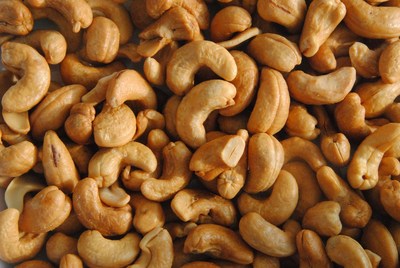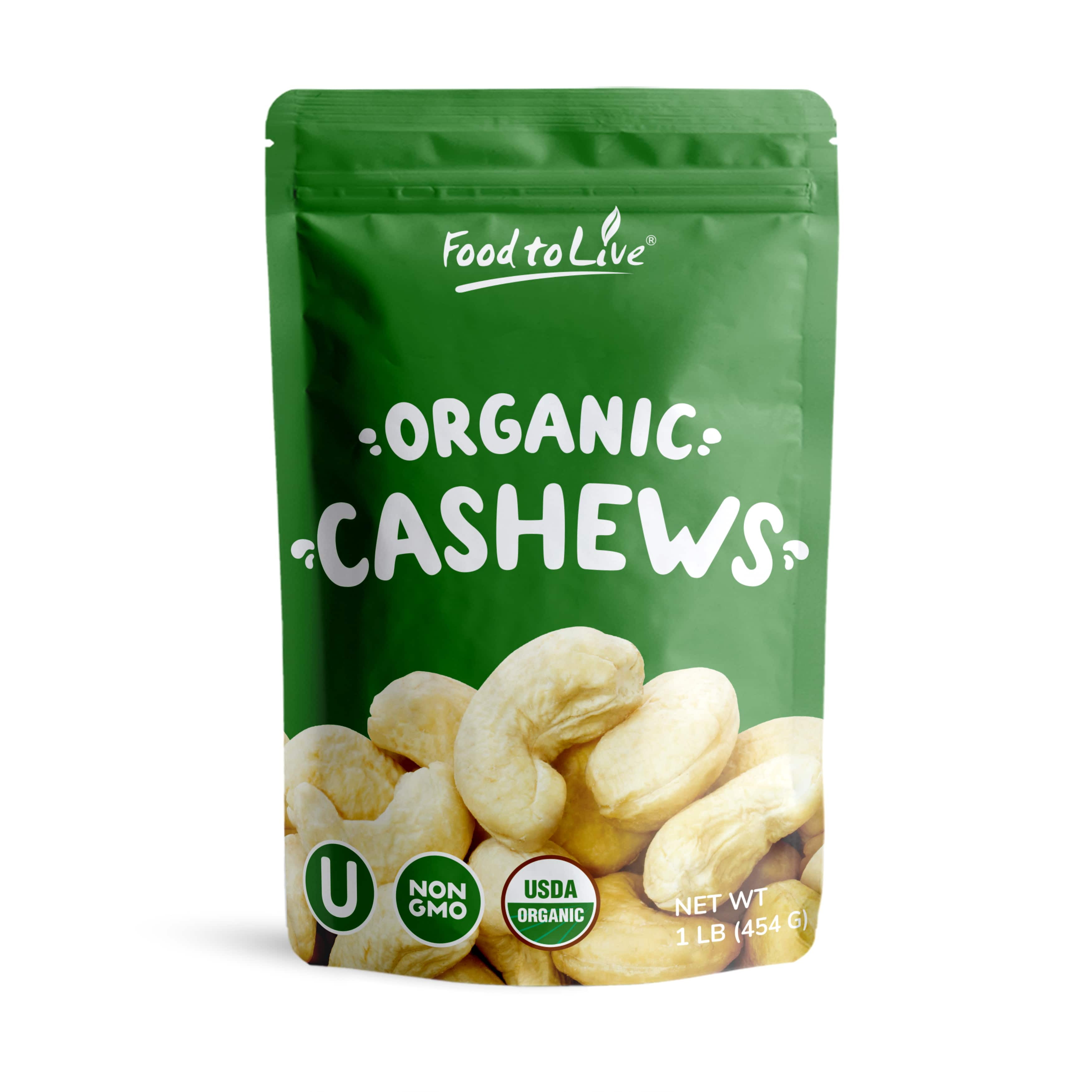


Table 2: Selenium Content of Selected Foods Food Several food sources of selenium are listed in Table 2. Furthermore, formulated livestock feeds generally contain the same levels of selenium. However, selenium concentration in soil has a smaller effect on selenium levels in animal products than in plant-based foods because animals maintain predictable tissue concentrations of selenium through homeostatic mechanisms. The selenium content of soil affects the amounts of selenium in the plants that animals eat, so the quantities of selenium in animal products also vary. Department of Agriculture Food Composition Database, Brazil nuts have 544 mcg selenium/ounce, but values from other analyses vary widely. As a result, selenium concentrations in plant-based foods vary widely by geographic location. The amount of selenium in a given type of plant-based food depends on the amount of selenium in the soil and several other factors, such as soil pH, amount of organic matter in the soil, and whether the selenium is in a form that is amenable to plant uptake. The major food sources of selenium in the American diet are breads, grains, meat, poultry, fish, and eggs. The amount of selenium in drinking water is not nutritionally significant in most geographic regions. Other sources include muscle meats, cereals and other grains, and dairy products. *Adequate Intake (AI) Sources of Selenium Foodīrazil nuts, seafoods, and organ meats are the richest food sources of selenium. Table 1: Recommended Dietary Allowances (RDAs) for Selenium Age For infants from birth to 12 months, the FNB established an AI for selenium that is equivalent to the mean intake of selenium in healthy, breastfed infants. Table 1 lists the current RDAs for selenium in mcg. Tolerable Upper Intake Level (UL): Maximum daily intake unlikely to cause adverse health effects.Estimated Average Requirement (EAR): Average daily level of intake estimated to meet the requirements of 50% of healthy individuals usually used to assess the nutrient intakes of groups of people and to plan nutritionally adequate diets for them can also be used to assess the nutrient intakes of individuals.

Adequate Intake (AI): Intake at this level is assumed to ensure nutritional adequacy established when evidence is insufficient to develop an RDA.Recommended Dietary Allowance (RDA): Average daily level of intake sufficient to meet the nutrient requirements of nearly all (97%–98%) healthy individuals often used to plan nutritionally adequate diets for individuals.These values, which vary by age and sex, include: DRI is the general term for a set of reference values used for planning and assessing nutrient intakes of healthy people. Intake recommendations for selenium and other nutrients are provided in the Dietary Reference Intakes (DRIs) developed by the Food and Nutrition Board (FNB) at the Institute of Medicine of the National Academies (formerly National Academy of Sciences). Plasma or serum selenium concentrations of 8 micrograms (mcg)/dL or higher in healthy people typically meet needs for selenoprotein synthesis. Quantification of one or more selenoproteins (such as glutathione peroxidase and selenoprotein P) is also used as a functional measure of selenium status. Analyses of hair or nail selenium content can be used to monitor longer-term intakes over months or years. Concentrations in blood and urine reflect recent selenium intake. The most commonly used measures of selenium status are plasma and serum selenium concentrations. Both selenocysteine and selenite are reduced to generate hydrogen selenide, which in turn is converted to selenophosphate for selenoprotein biosynthesis. Skeletal muscle is the major site of selenium storage, accounting for approximately 28% to 46% of the total selenium pool. Most selenium is in the form of selenomethionine in animal and human tissues, where it can be incorporated nonspecifically with the amino acid methionine in body proteins. Soils contain inorganic selenites and selenates that plants accumulate and convert to organic forms, mostly selenocysteine and selenomethionine and their methylated derivatives.

Both forms can be good dietary sources of selenium. Selenium exists in two forms: inorganic (selenate and selenite) and organic (selenomethionine and selenocysteine). Selenium, which is nutritionally essential for humans, is a constituent of more than two dozen selenoproteins that play critical roles in reproduction, thyroid hormone metabolism, DNA synthesis, and protection from oxidative damage and infection. Selenium is a trace element that is naturally present in many foods, added to others, and available as a dietary supplement. For a general overview of Selenium, see our consumer fact sheet on Selenium. This is a fact sheet intended for health professionals.


 0 kommentar(er)
0 kommentar(er)
